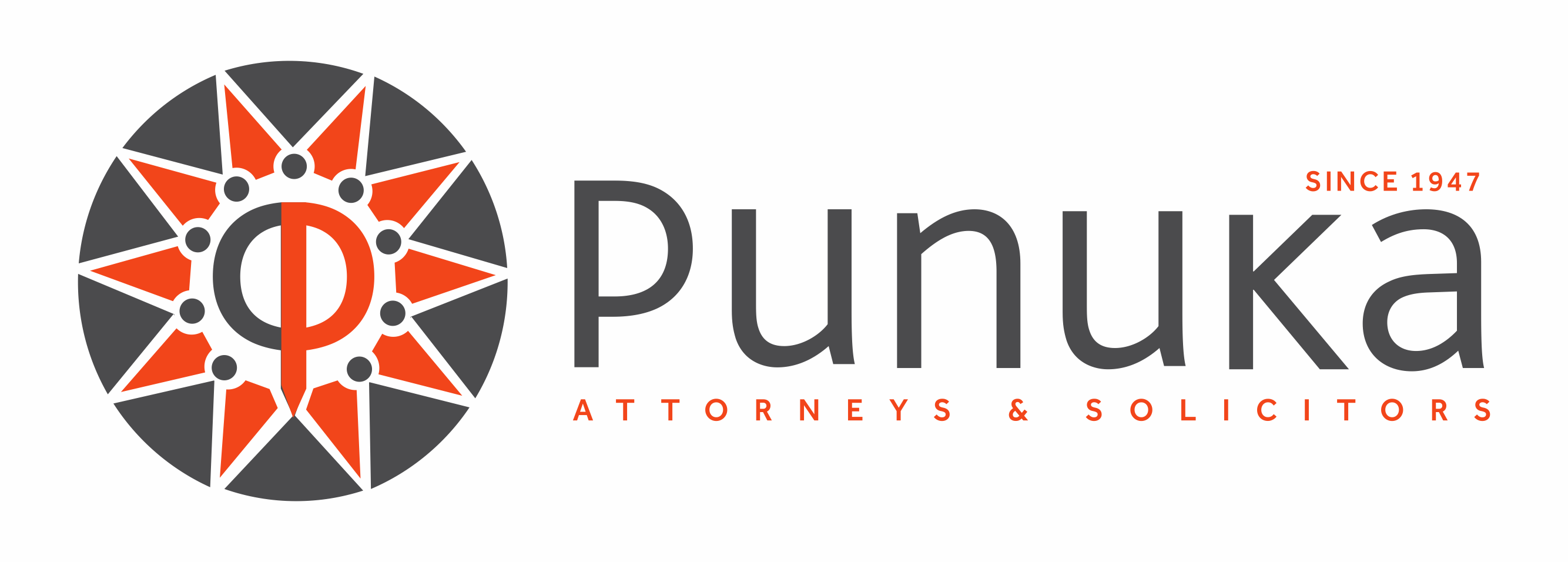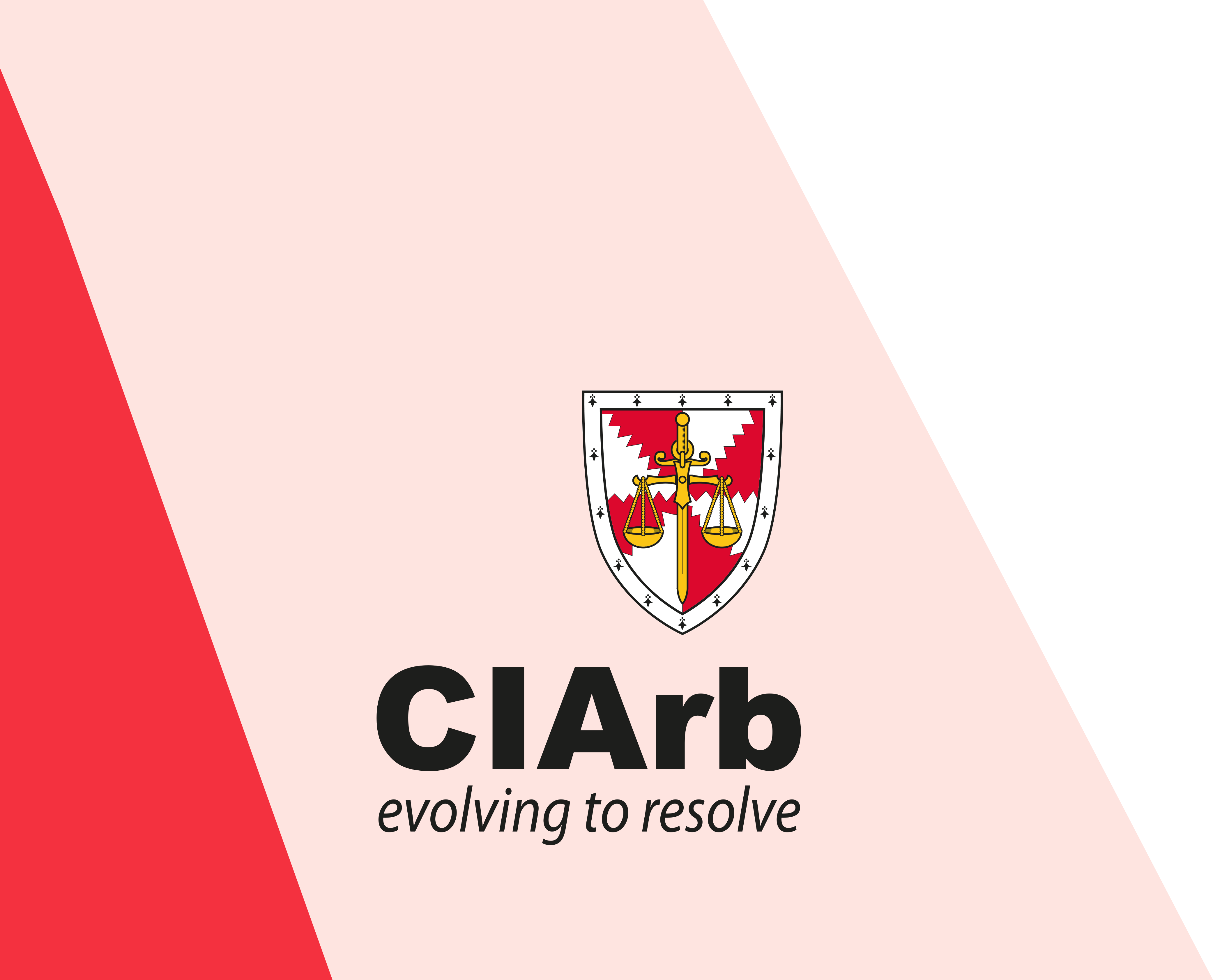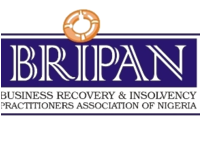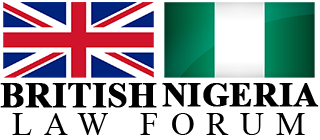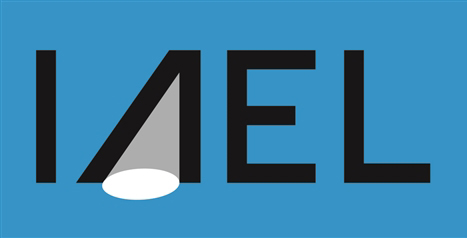COPYRIGHT OF DERIVATIVE WORKS IN NIGERIA
Isioma Idigbe and Sharon Juwah
The flourishing digital landscape prompts a constant evolution of creative expression. Original works inspire remixes, reinterpretations, and new iterations. However, this artistic transformation raises a crucial legal question: where does inspiration end and copyright infringement begin? This article seeks to consider the status of derivate works in Nigeria. The authors will explore the copyright protections afforded to original creations under Nigerian law and navigate the legal considerations for those who seek to build upon existing works. By examining what constitutes a derivative work, the authors will shed light on how Nigerian copyright law safeguards original creators.
Nature of Intellectual Property
According to the World Intellectual Property Organization (WIPO), Intellectual property is a broad categorical description for the set of intangible assets owned and legally protected by a company or individual from outside use or implementation without consent. This refers to subsect which include copyright, patent, trademark, industrial design, etc. Copyright (or author’s right) is a legal term used to describe the rights that creators have over their works. Works covered by copyright range from books, music, paintings, sculpture, and films, to computer programs, databases, advertisements, maps, and technical drawings.
Ownership and Exploitation of Copyright in a derivative work
Section 2 of the Copyright Act 2022 provides that works eligible for copyright shall include: (a) literary works; (b) musical works; (c) artistic works; (d) audiovisual works: (e) sound recordings; and (f) broadcasts. The Act also provides under Section 2(2) that a work can only be said to be eligible for copyright if: (a) some effort has been expended on making the work, to give it an original character; and (b) the work has been fixed in any medium of expression known or later to be developed, from which it can be perceived, reproduced or otherwise communicated either directly or with the aid of any machine or device.
It is important to note that the Act provides that no work will be deemed ineligible for copyright protection on the basis of the quality of the work or the purpose for which the work was created, pursuant to Section 2(3). This suggests that even if the work is an adaptation or a cover, thus a derivative work, it is eligible for copyright protection.
For clarity, according to copyright law, a derivative work is an expressive creation that includes copyright-protected elements of an original, previously created first work (also referred to an underlying work). The derivative work then becomes a second, separate work, independent in form from the first. The transformation, modification or adaptation of the work must be substantial and bear its author’s personality sufficiently to be original and thus protected by copyright. To illustrate, consider Michael Jackson’s 1982 song, ‘Wanna Be Startin’ Somethin’. Towards the conclusion of the track, there is a recurrent repetition of the phrase ‘mama say mama sa mama coo sa.’ This phrase, derived from Cameroonian musician Manu Dibango’s composition ‘Soul Makossa’, constitutes an interpolation. In this instance, Michael Jackson and his backup singers recreated the phrase rather than utilizing a direct snippet from the original recording of ‘Soul Makossa.’ When an artiste engages in interpolation, said artiste needs to obtain a license from the Copyright holder as a derivative work.
In other words, a derivative work is based upon one or more preexisting works such as a translation, musical arrangement, dramatization or any form in which a work may be recast, transformed or adapted. Some examples of derivative works include: a motion picture based on a play or novel; a translation of a novel written in English into another language; a lithograph based on a painting; a musical arrangement of a preexisting musical work; a new version of an existing computer program; an adaptation of a dramatic work, etc. As it pertains to music, it may include language translations, samples or replaying (re-recording a segment of the original song), parodies, covers of songs, etc
Generally, the copyright of a given work vests in the owner/creator/author. The Act provides for this under Section 28, where it states that copyright shall initially vest in the author. Where a work is commissioned, ownership is vested in the first instance in the author, unless otherwise stated in the contract between the author and the commissioner. As an owner or author of a given copyright, said author by virtue of Section 9(1) of the Act, has the exclusive right to do and authorize the reproduction, publication, performance in public, broadcast of the work, making of an adaptation, etc or licensing of same. This means that to exploit or create an adaptation or derivative work, a person would require an authorization or license from the original work’s owner.
In the case of CBS Songs Ltd v. Amstrad Plc (1988) A.C. 1013 HL, an “authorization” has been described as the grant or purported grant, which may be express or implied, of the right to do the act complained of, whether the intention is that the grantee should do the act on his own account, or only on account of the grantor. Similarly, in the earlier case of Falcon v. Famous Players film Co. [1926] 2 K.B. 474 at 499, the English Courts defined “authorize” as “sanction, approve or countenance.”
According to Section 30 of the Copyright Act, copyright shall be deemed to be movable property and shall be transferable by way of assignment, testamentary disposition or operation of law. To this end, an assignment of copyright, specifically an exclusive license, shall have no effect unless it is in writing, pursuant to Section 30(3) of the Act. Interestingly, if it is a non-exclusive license to exploit something controlled by copyright, it may be written, oral or inferred from the conduct of the owner of the copyright, pursuant to Section 30(4) of the Act. This shows that if a party seeks a non-exclusive license to for instance create a derivative work of an existing copyright, parties may have an oral or written agreement and consent may be inferred from the conduct of the owner of the original work. This was the decision of the Court in the case of Amana Suits Hotel Ltd v P.D.P (2007) 6 NWLR (Pt. 1031) 453 at 477-478 Paras F-A (CA) where the Court held that ‘an acceptance of an offer may be demonstrated by a) conduct of parties or, b) by their words or, c) by documents that have passed between them’…per Aboki JCA. See also Orient Bank (Nig.) Plc v Bilante Intl. Plc (1997) 8 NWLR (Pt. 515) 37.
The Rights of the Owner of the Underlying Work over the Derivative Work
Given that the owner of a work has the exclusive right of exploitation, exploitation of the said work by another person or third party, including the owner of the original work without due authorization or license constitutes an infringement of copyright.
Consider the case of M.C.S. (Nig.) GTE v. Adeokin Records (2007) 13 NWLR (Pt. 1052) 616 at 627 where the Plaintiff commenced a suit as a party vested with the right “as owner; assignee and exclusive licensee of Alhaji Fatai Olowonyo’s copyright in the musical work under the title “OJUMO RE”, against the Defendant for alleged infringement of the copyright in the said work. The Plaintiff submitted that the Plaintiff is the owner, assignee and exclusive licencee of the copyright, including reproduction (mechanical) and public performance rights and also adaptation rights in the work “OJUMO RE” originally written, composed, arranged, performed and/or recorded by Alhaji Fatai Olowonyo and contained in the album “DON’T TOUCH ME. The Plaintiff also submitted that as the owner, assignee and exclusive licensee of the performing, reproduction and other rights in the musical works within the territory of Nigeria, any use by any person other than the owner constituted an infringement.
Section 36 of the Act outlines acts that may constitute copyright infringement and exceptions to the exclusive rights of copyright owners. Unless actions fall within statutory exceptions, any unauthorized person engaging in activities such as violating exclusive rights, importing infringing copies, selling or offering copyrighted works, possessing equipment for making infringing copies, allowing public performances, permitting reproduction, or performing copyrighted works for trade/business purposes may be deemed to infringe on the exclusive rights of the copyright owner, as specified in Section 36(1) of the Copyright Act.
In the landmark case of Plateau Publishing v. Adophy (1986) 4 NWLR (Pt. 34) 205, the Supreme Court clarified that an author’s copyright confers upon them the comprehensive right to prohibit all others from reproducing the work and ensures the author’s exclusive enjoyment of the benefits arising from the production. See also Digital Communication Network (Nig) Ltd v NCC (2013_ LPELR-20797(CA).
Reliefs available in cases of infringement
Subject to the provisions of the Copyright Act 2022, infringement of copyright shall be actionable at the instance of the owner, assignee or an exclusive licensee of the copyright at the Federal High Court sitting in the jurisdiction where the infringement occurred. See Section 37(1) of the Copyright Act, 2022. In addition, Section 251 of the Constitution of the Federal Republic of Nigeria, 1999 (as amended) (“1999 Constitution”) and Section 103 of the Copyright Act, confer exclusive jurisdiction on the Federal High Court over any federal enactment relating to copyright, trial of offences and civil actions under the Act.
We can see in the case of African Songs Ltd. v. Adegbeye (2019) 2 NWLR (Pt. 1656) 335 at 387, the Supreme Court held that a claim for infringement of copyright is actionable at the suit of the owner and all such relief by way of damages, injunction, accounts and otherwise shall be available to claimant as is available in any corresponding proceedings in infringement of other proprietary rights. Similarly, in the case of Haritz Ibezim Okoli v. Mr. Dick France & Anor (2006), the Court gave judgment in favour of a copyright owner by relying on S.15(1) of the Copyright Act 1988 which is in pari materia with Section 36(1) of the Copyright Act, 2022 on infringement of copyright.
Principles of law enunciated above show that if a person duly obtains a license to produce a cover, then said person is in fact the owner of the cover, being a derivative work recognized under Nigerian Law. Consequently, the person enjoys exclusive liberty to exploit the work in any manner the person deems fit and in effect, any individual intending to also exploit said work can only proceed subject to licensing and authorization of the person being the owner of the derivative work.
This begs the question, what happens in a situation where there is an exploitation of the derivative work by the owner of the original work? Following the principles set forth above, despite ownership of the original work, if the owner of the original work seeks to exploit the derivative work, he/she must do so with the consent of the owner of the derivative work. That is to say that if A is the owner of Project X and B with the consent of A, creates a remix of Project X called Project X-2. If A seeks to play Project X-2 at an event or exploit it in any other way, A despite being the owner of the original work ‘Project X’, must seek the consent of B, the owner of the derivative work, ‘Project X-2’.
Conclusively, any person who exploits a work must do so with the consent of the owner of that work. Any such action done without due authorization constitutes an infringement under Section 36 of the Copyright Act 2022 and entitles the owner of the work/derivative work to damages and liberty to seek relief in the Federal High pursuant to Section 37 of the Act.
